 TRENT'S WALK IN THE BELIZEAN JUNGLE (Part Thirteen) Is brought to you by "Grand Belizean Estates" the next place to call home. 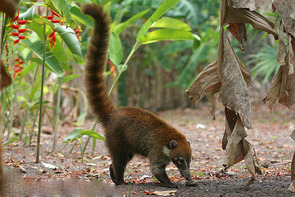 COATIMUNDI SIGHTING The Coati was given its name by the Tupian Indians of South America. The reference is specifically to gregarious Coatis, while loners are called Coati-mundi. Originally, these were considered separate species, rather than a single species with strong individual preferences, when it comes to the question of co-habitation. In any event, in Belize the Coati is called a "quash". Generally, the division is between the bands of females - mothers with the young of their last two litters in tow, and a non-breeding female or two tagging along - and the mature males who - one by one leave the band and establish individual territories. These will tenaciously maintain their bachelor quarters, running off intruders of either sex,. Bands will also keep up an exclusive core range, but all Coatis will venture outside their territories in order to obtain certain fruits and, in this event, these extended ranges may overlap. The squash is dressed up like an old, faded raccoon cap - a ringed tail sometimes carried upright. Add some fancy eye makeup an elongated snout, coupled with its keen sense of smell, and the effect is most appealing! Its claws, however are not cute, but rather are precision instruments, sharp and curved, which helps them in climbing the tallest trees and to walk the smaller branches. On the other hand, their strong but blunt fore-claws specialize in helping them rip apart rotten logs and in digging into other people's burrows. These enthusiastic omnivores eat just about anybody; insects, snails, lizards, and mice, as well as a wide variety of fruits. Quashes will squabble among themselves over who is to get the juiciest milipede. Although there have been recorded incidents of sharing food and co-nesting, even within the bands it is every quash for himself - except when it comes to grooming. This is an important part of the community's health program, and everyone is expected to participate both as groomer and groomees. Gestation takes ten or eleven weeks, so that the litters arrive around the end of April. A pregnant female will leave the band about a week before her due date, and will establish her nest in a tree. There the young will stay for their first five weeks, under the care of their mother - until they are able to travel, at which time the mother will introduce them back into the band,. Females are retained as permanent members to the band, while males maintain an extended temporary residency - for nearly two years. or more Bands may number as many as twenty. Boats, birds of prey, wild cats and Tayras are the natural enemies of the Coati. People make pets of them, taking them when young and often discarding them when they reach maturity, when they lose their initial appeal, They possess a good temperament and readily adapt back into the wild.
1 Comment
|
Trenton Turley
Hi, my name is Trenton S. Turley. I've been living in Belize now for 11 years. Hope you enjoy reading my many blog posts. I write about things, that are passionate to me.
SNAKES OF BELIZE!
Check out, my my current blog series on Snakes of Belize. Categories
All
Archives
April 2016
|
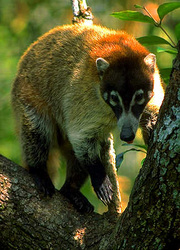
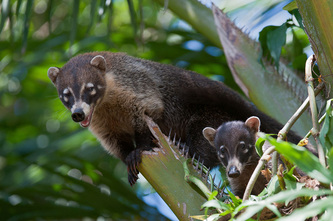
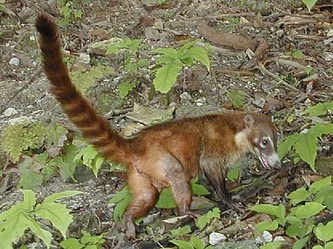
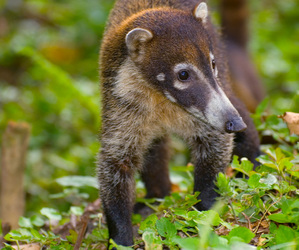
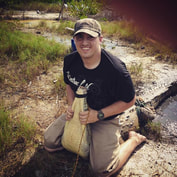
 RSS Feed
RSS Feed